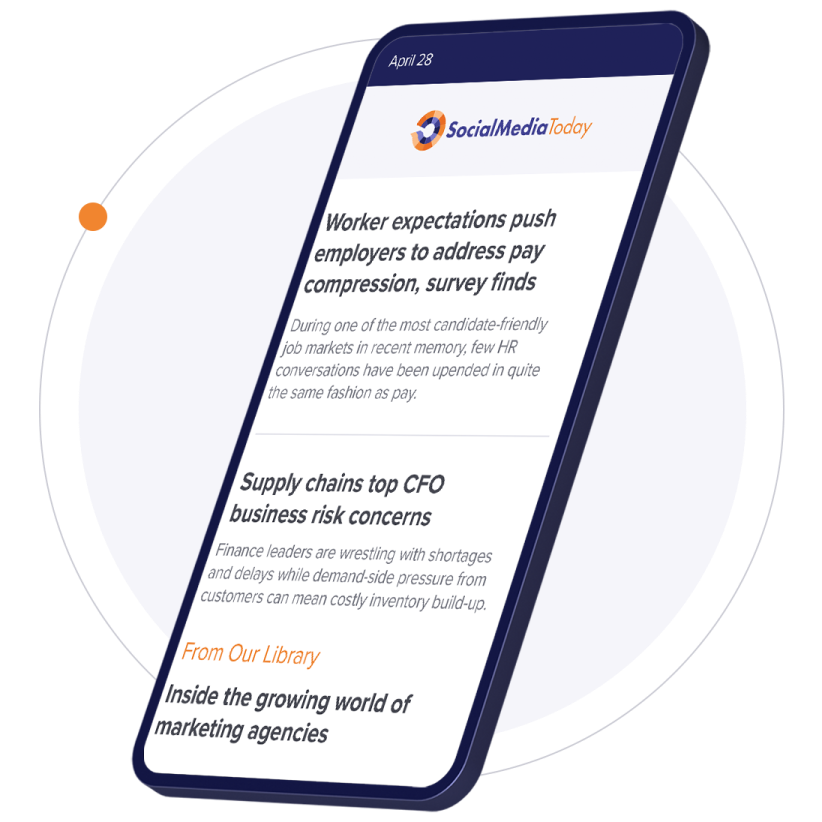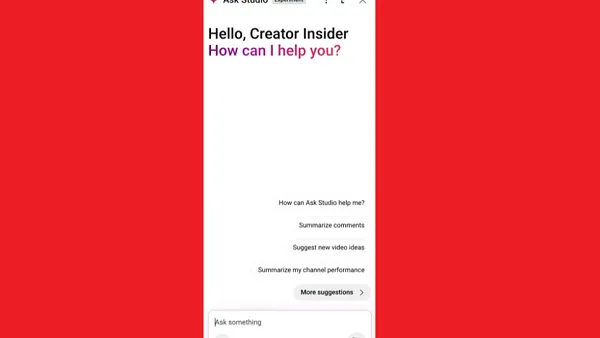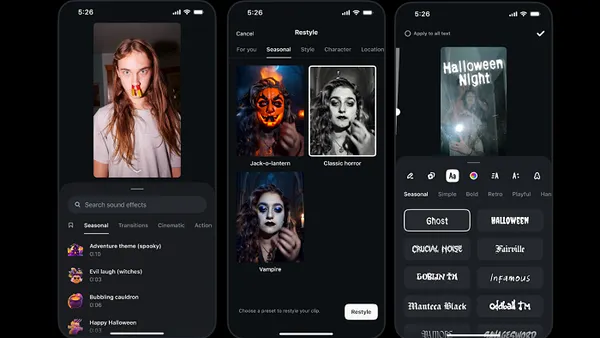There have been a number of recent discussions about the enormous volume of social media data. According to IDC 95% of the 1.2 zettabytes of data in the digital universe is unstructured, 70% of which is user generated content. Along with managing the staggering number of tweets, blog posts, message board discussion, etc. about your product or company is the importance of an analytics strategy and data integrity. I'll leave the data integrity post for another time because I'd like to spend a little time on it as it's the critical foundation on which social business collaboration is built.
I want to provide some examples of how companies and organization are using data from social media analytics to inform marketing decision, new product development and better understand their customers social network. Perhaps, this has happened to you where you collect the data, create dashboards or spreadsheet and that's it. The examples are pretty narrow in that they don't detail how the data is managed from an integration perspective nor the internal processes in place to support actionable insights. But hopefully they'll give you some ideas how you can begin thinking about your social customer and ways your organization may engage and listen with them.
We always recommend that companies start with a goal for their social media analysis. No, there's nothing wrong with casting a net out there to get the pulse on consumer impressions of a company or a brand but the true power of social media monitoring manifests itself when you apply sophisticated semantic language modeling to a particular question.
Here are a couple of examples. (I apologize now for not having any pictures!)
From Listen to Engage to Action
Collective Intellect worked with a top food company to size an emerging ingredient trend and gain insight into who's looking for this ingredient and why. So, the focus of the analysis was:
- demographic and psychographic profiles of posters
- discussion comparisons between ingredient topics to determine if there really was a trend
- validate existing messaging
CI analyzed over 200k posts related to this specific trend and then compared number of posts and month over month increase to other ingredient discussions to assess the opportunity relative to other well documented health trends. We also evaluated demographic and psycho-graphic profiles of posters and analyzed benefit platforms and product usage.
CI was able to identify primary and secondary target audiences, influencers and message hierarchy. This led to change in creative messaging, an online media strategy and a major cross-divisional new product effort focused around this emerging food trend.
Traditionally, focus groups or surveys would be used to surface consumer ingredient preferences in relation to health trends and then those results would be organized and configured by demographic or other filters. But one of the truly exciting characteristics of social media engagements is that the conversations customers are having about a product, new ingredients or emerging health trends emerge in an authentic, unfiltered, unscheduled way - they're real-time. This is why sophisticated language modeling is so critical to monitoring and analyzing social media data - listening technology has to be able to contextually and accurately categorize content quickly but also surface trends, themes and intentions from customer conversations. Listening platforms provide an opportunity for greater and more sophisticated insights into customer intentions and preferences because of its ability to isolate important attributes from groups of authors and reveal unique considerations and preferences in addition to providing the ability to identify unknown associations occurring through natural online conversations. In other words, equipped with these social insights a company can validate and adjust messaging, support new product efforts and better understand their consumer's social network.
Recession Time - Approach Your Consumer with Caution
A leading credit card was afraid that negative consumer perception was running so high that there would be no effective means of combating it. This company wanted to better understand:
- overall consumer sentiment towards credit cards
- uncover drivers of conversation around credit
- surface specific attributes and features that are most important to consumers
Collective Intellect tracked over 650,000 unique posts over the last year to uncover drivers of conversation around credit, issuers, and networks to help the client understand that -even in times when consumers are concerned about their balances and changes in terms - they still see benefits in using credit.
Specifically, CI was able to point out that consumers spend more time sharing and talking about responsible spending, debt reduction, and incentives/rewards than they do "bashing" providers of credit. Knowing the specific attributes and features that are most important to consumers equipped the client with the ability to build new product and feature offerings and tailor messaging that will help mitigate any negative sentiment and reinforce brand affinity around those benefits most relevant to their consumers.
This type of monitoring and analytics can surface surprising results. This company cannot be faulted for thinking they were being "bashed' during the recent economic downturn. But because technology, like the one offered by CI, provides contextual relevancy - the ability to understand conversations - we are able disprove preconceived ideas about consumer perception and intent, which provides new ideas for engaging with a customer.









